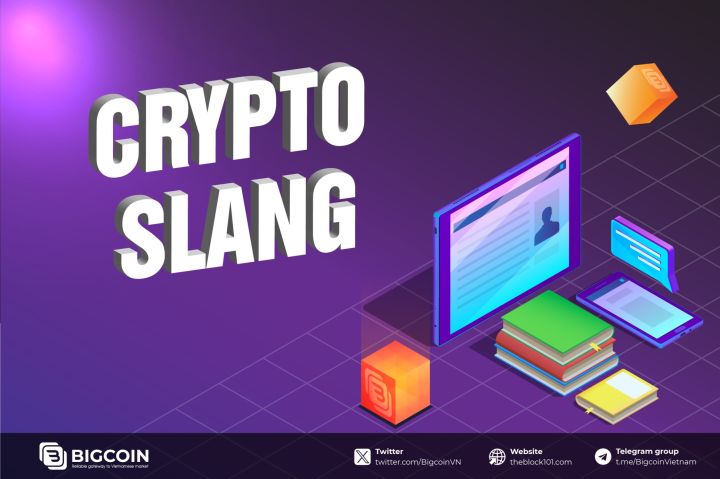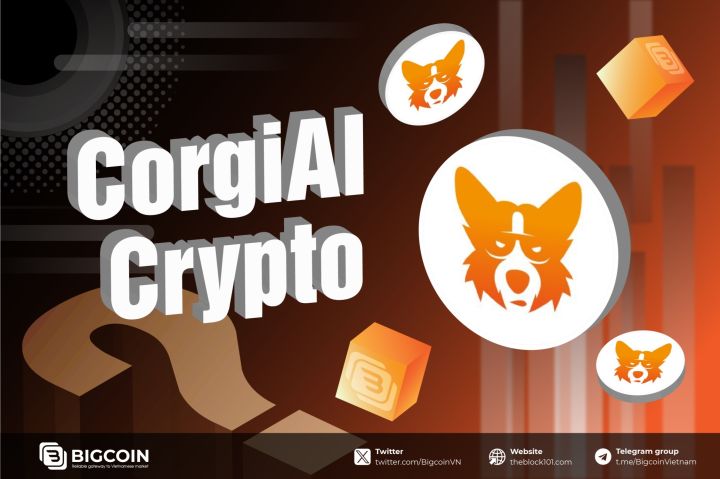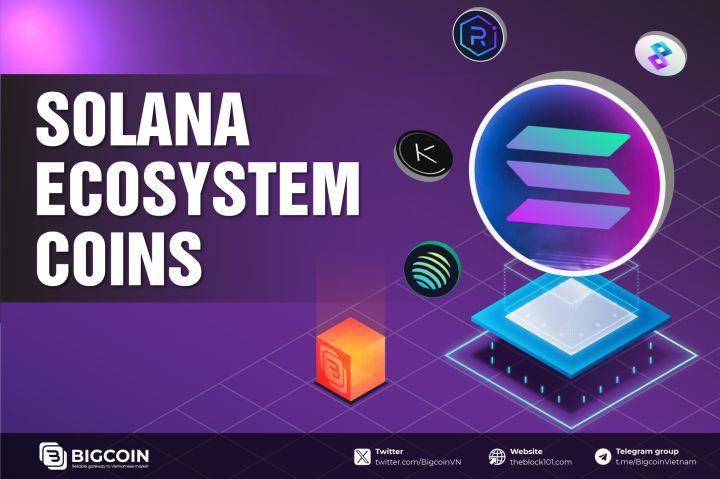%20(16).png)
1. What is Connect United?
Connect United is a platform that markets itself as a blockchain-based ecosystem, promising to integrate blockchain technology with user-facing products and services. According to its website and promotional materials, it aims to democratize access to blockchain technology, offering solutions such as nodes, NFTs, digital rewards, and a payment system called WINPay (formerly Connect Pay).
The platform emphasizes community building, rewarding users for positive actions, and contributing to the broader adoption of blockchain technology. However, much of the available information about Connect United raises concerns about its transparency and actual connection to blockchain technology.
2. Understanding Blockchain Technology

Before diving into Connect United’s specific claims, it’s essential to understand the fundamentals of blockchain technology. A blockchain is a decentralized, distributed ledger that records transactions across a network of computers. Each block in the chain contains data, a timestamp, and a unique cryptographic hash linked to the previous block, ensuring immutability and security. Blockchains are widely used in cryptocurrencies like Bitcoin, as well as in applications such as healthcare, supply chain management, and property records, due to their transparency and resistance to tampering.
Key features of blockchain include:
-
Decentralization: No single entity controls the network; it is maintained by a distributed network of nodes.
-
Immutability: Once data is recorded, it cannot be altered without consensus from the network.
-
Transparency: Public blockchains allow anyone with an internet connection to view transaction histories, though user identities remain pseudonymous.
-
Security: Cryptographic techniques ensure that transactions are secure and verifiable.
These characteristics form the basis of any legitimate blockchain system, and any platform claiming to use blockchain technology should align with these principles.
3. Connect United’s Blockchain Claims
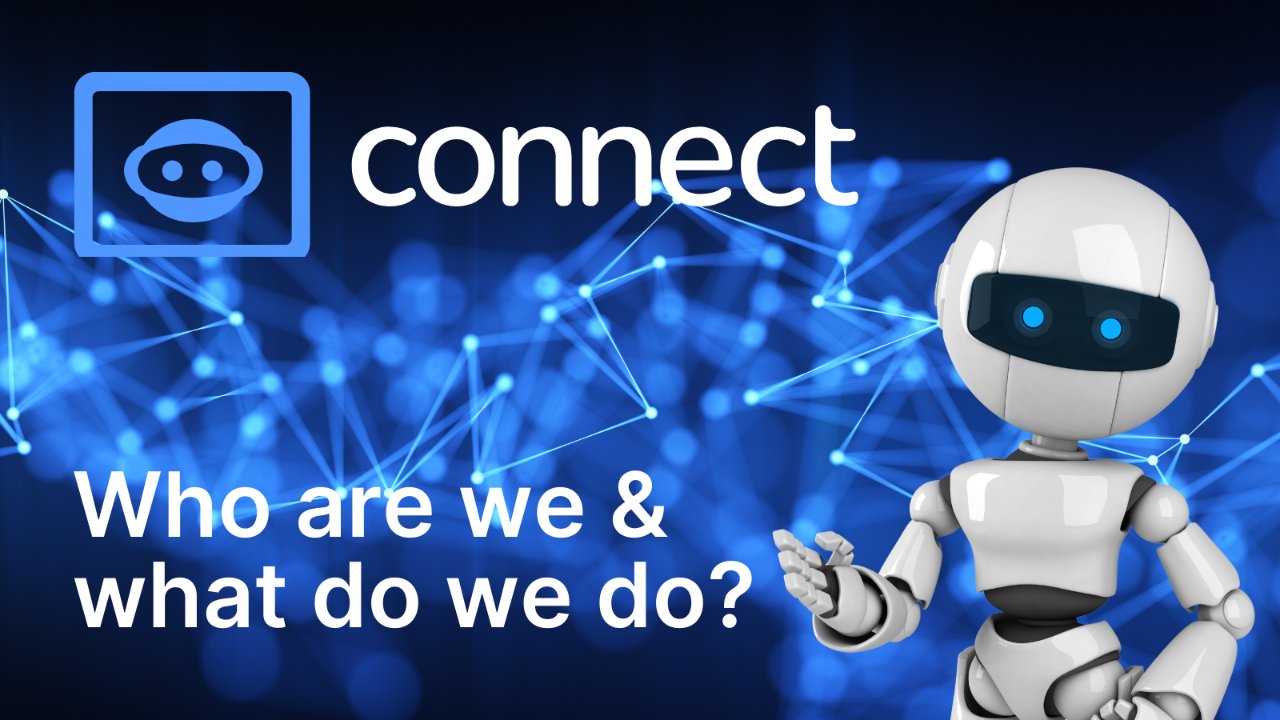
Connect United markets itself as a blockchain-driven platform with several components, including:
-
Win Blockchain: A proprietary blockchain that supposedly underpins the platform’s operations.
-
Nodes: Users can purchase or operate “nodes” to participate in the network, which are described as a way to engage with the blockchain.
-
NFTs and Digital Rewards: The platform claims to offer non-fungible tokens (NFTs) and digital rewards for user actions, such as learning or contributing to the community.
-
WINPay: A payment system that aims to facilitate transactions within the ecosystem.
The marketing materials suggest that Connect United is a pioneer in blockchain technology, with the potential to bring decentralized solutions to a broad audience. They also emphasize a points-based system where users are rewarded for actions like “making the world a better place,” which is tied to their blockchain infrastructure.
4. Critical Analysis of Connect United’s Blockchain
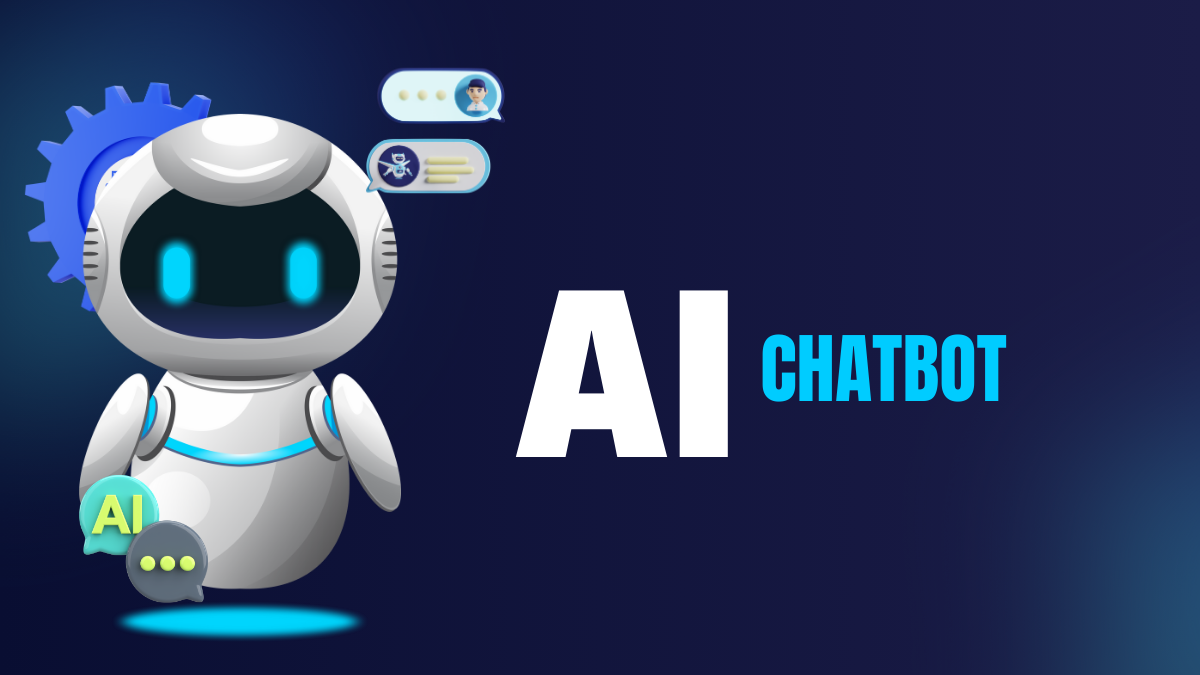
Despite its bold claims, several aspects of Connect United’s blockchain raise red flags when scrutinized against the principles of blockchain technology.
4.1. Lack of Technical Transparency
One of the most significant criticisms of Connect United is the absence of detailed technical information about its blockchain. A legitimate blockchain platform typically provides a whitepaper, source code, or detailed documentation about its consensus mechanisms, node operations, and network architecture.
Connect United, however, offers little to no specifics about its “Win Blockchain.” There is no publicly available evidence that its blockchain exists as a functioning, decentralized network. This lack of transparency is a stark contrast to established blockchains like Bitcoin or Ethereum, which are open-source and verifiable.
4.2. Centralized Features Disguised as Decentralized
Connect United’s marketing suggests that its nodes are a “commodity” that users can purchase at an increasing price, implying a “get in quick” model. This approach resembles a centralized credit or investment system rather than a decentralized blockchain. In true blockchain networks, nodes are physical or virtual machines that perform computations to maintain the ledger, not commodities sold for profit. The idea of a centralized entity controlling node pricing contradicts the decentralized ethos of blockchain technology.
Additionally, the platform’s points-based reward system, which awards value for arbitrary actions like learning or community contributions, is problematic. A decentralized blockchain cannot arbitrarily assign value without a transparent and verifiable consensus mechanism. This system appears to rely on centralized control, undermining the trustless nature of blockchain.
4.3. Questionable Blockchain Integration
While Connect United’s training materials provide general information about blockchain technology, there is little evidence to suggest that the platform itself contributes to or operates a blockchain.
Reviews and analyses indicate that the platform’s offerings, such as nodes, NFTs, and WINPay, are either “in early development” or lack concrete implementation details. Without a functioning blockchain or visible contributions to the technology stack, Connect United’s claims appear to be more about marketing hype than technical substance.
4.4. Contradictory Marketing
The platform’s promotional materials often imply that Connect United is a driving force in blockchain technology or that it will bring blockchain to the masses. However, there is no tangible evidence of software development, network activity, or user-facing products that leverage blockchain in a meaningful way.
The marketing also contains technical contradictions, such as claiming to offer a decentralized system while relying on centralized mechanisms for node pricing and reward distribution. These inconsistencies suggest that Connect United may be using blockchain as a buzzword to attract users rather than delivering a genuine blockchain-based solution.
4.5. Community and Reward System Concerns
Connect United’s emphasis on rewarding users for positive actions, such as learning or community participation, sounds appealing but lacks clarity. In a decentralized blockchain, value (e.g., cryptocurrency or tokens) is typically generated through mining, staking, or other consensus-driven processes.
Connect United’s system of awarding points for subjective actions like “making the world a better place” is vague and incompatible with the principles of a trustless, decentralized system. This approach raises concerns about the platform’s legitimacy and sustainability.
5. Potential Use Cases and Promises
Connect United’s marketing highlights potential use cases for its blockchain, such as secure payments via WINPay, digital rewards through NFTs, and community-driven initiatives. While these concepts align with broader blockchain applications (e.g., cross-border payments or secure record-keeping in healthcare), there is no evidence that Connect United has implemented these features. For comparison, established blockchains like Ethereum support smart contracts for NFTs and payments, with verifiable code and active networks. Connect United’s promises remain speculative without a functioning product or network to back them up.
6. Conclusion
Connect United presents itself as a blockchain-based platform with ambitious goals, but its lack of transparency, centralized features, and absence of verifiable technical contributions cast doubt on its legitimacy. While blockchain technology offers immense potential for decentralized solutions, Connect United’s offerings appear to be more about marketing than substance. Without clear evidence of a functioning blockchain, open-source code, or a transparent network, the platform fails to align with the core principles of blockchain technology.
For those interested in blockchain, established platforms like Bitcoin, Ethereum, or other open-source projects provide transparent and verifiable alternatives. Until Connect United provides concrete evidence of its blockchain’s existence and functionality, users should approach it with skepticism and prioritize platforms with proven track records.
Read more:

 English
English Tiếng Việt
Tiếng Việt
%20(21).png)
%20(20).png)
%20(19).png)
%20(18).png)
%20(17).png)
%20(15).png)
%20(11).png)
.png)
%20(2).png)
%20(3).png)
%20(5).png)

